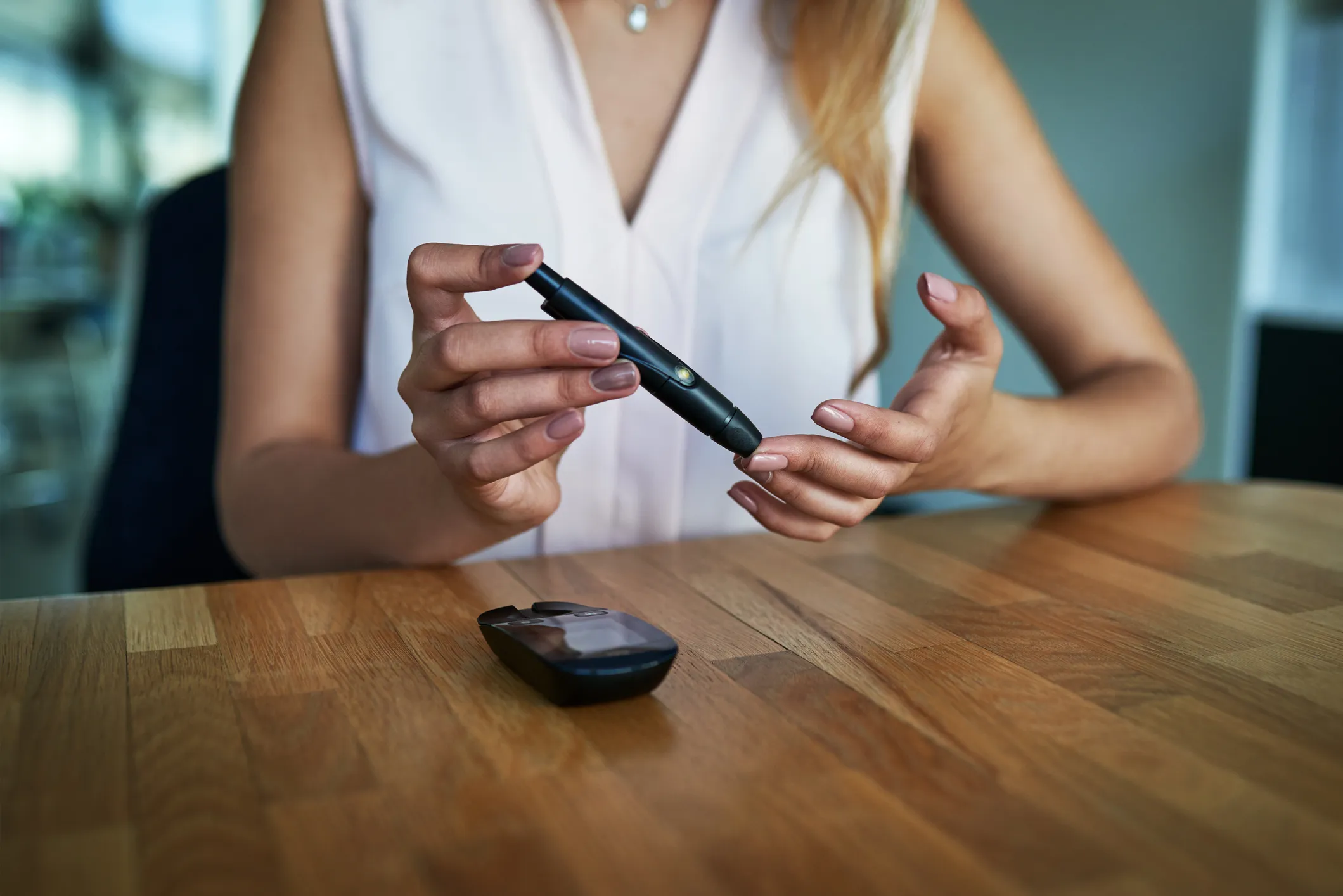Blood glucose, which is also known as blood sugar, is a crucial health measurement – and this is especially the case if you’ve been diagnosed with diabetes. Blood glucose is what distinguishes different types of diabetes from one another, and it can seriously impact your body and well-being.
If you’re a diabetic, you know just how important blood glucose is to your daily life. You have to monitor your glucose regularly with a special meter. And though you may rely on these meters, there’s plenty of information you might not know about them.
Here are a few facts about blood glucose meters that may surprise even the most experienced diabetics.
Not All Glucose Meters Require a Finger Prick
In order to monitor your blood glucose levels throughout the day, many diabetics rely on glucose meters that require a finger prick and a bit of blood. For some, this can be uncomfortable – if not outright painful – and make it difficult to test yourself throughout the day.
Fortunately, advances in both medicine and technology are now creating new options for diabetics. Instead of encountering pain and discomfort every time you need to test your glucose levels, you could choose a new kind of glucose meter that doesn’t require a finger prick at all.
According to Reader’s Digest, the FDA recently approved a new kind of blood glucose meter that eliminates finger pricks. Instead of a lance, these meters use small sensor wires that are inserted under the skin. Once the wire is implanted, you’ll just need to wave your smartphone or glucose meter over its location to get an immediate reading. These new meters will make taking a reading incredibly easy and painless.
Continuous Monitoring Meters Aren’t Covered By Many Insurance Companies
Continuous glucose monitoring is a new trend in diabetes care and management, and it’s becoming increasingly popular with both doctors and patients. Continuous glucose monitoring is a “new era in diabetes care,” as the Joslin Diabetes Center writes, and it essentially means that special types of monitoring meters are able to read your blood glucose levels throughout the day and night.
The benefits of continuous glucose monitoring are many – these monitors track your glucose levels, reveal any patterns, and helps you better control your health. These monitors will alert you if your blood glucose levels are too low or too high, and you can avoid extremes thanks to continuous monitoring.
However, continuous glucose monitoring meters come with a higher cost and less insurance coverage. Though these meters can be excellent options for diabetics, they aren’t covered by most insurance companies because they’re such a new option. In order to use continuous glucose monitoring meters, you’ll need to check with your own health insurance company and policy to see if any of the costs are covered.
Some Meters Can Break Down Your Levels Into Different Factors
Another way in which glucose meters are advancing is their capabilities. Not only can blood glucose now be continuously monitored, but it can also be broken down into very detailed reports to help diabetics better manage their overall health. With a newer, more advanced glucose meter, you can choose from plenty of different options that give you a better handle on your diabetes.
New blood glucose meters vary greatly in what they offer, but all are becoming more advanced. Some are compact and perfect for carrying with you, while others offer audio, backlit screens, and easy-to-read reports for those who need greater clarity. You can upgrade many meters’ memory storage and even opt for a meter that stores its own strips.
One of the most helpful features diabetics will enjoy, though, is a breakdown of levels and dosing. Some meters, Healthline writes, include and record carbohydrate grams, insulin doses and amounts, blood ketone levels, and other detailed health readings along with blood glucose levels. These additional measurements and readings can help diabetics better manage their health and gives more information to provide to a doctor.
With this added information, diabetics can work with their doctors to better manage all of the factors that influence and affect diabetes and its symptoms. To get these features, you simply need to search for a glucose meter that comes with these capabilities.
Newer Meters Need Less Blood for Each Test
If you can’t stand seeing blood every time you need a finger prick test for your blood glucose meter, you have new options. As glucose meters become increasingly advanced, they’re able to capture more information about what’s happening in your body with less pain and less blood.
According to Very Well Health, diabetics can now choose blood glucose meters based on the size of the blood sample needed for a meter to take a reading. New meters can use a blood sample that’s as small as 0.3 microliters – a big difference compared to older meters, which need 1.0 microliters of blood to generate an accurate reading.
So, to cut down on the amount of blood you’re dealing with each day, consider searching for and choosing a blood glucose meter that takes less blood. You’ll be able to manage your glucose levels more comfortably, and you won’t have to worry about the sight of blood as you perform your typical testing.
